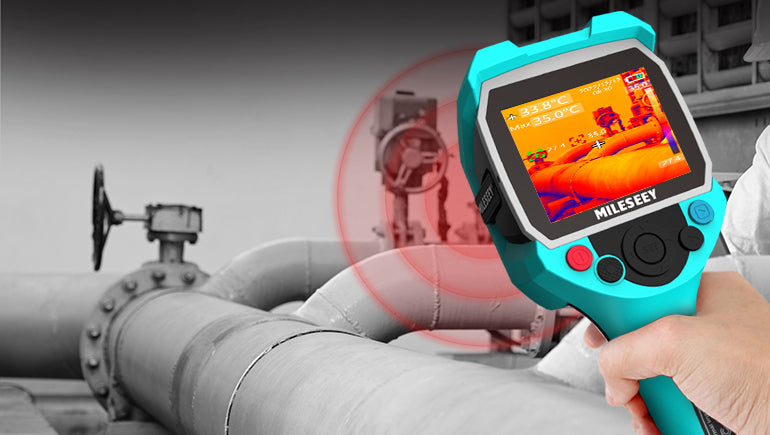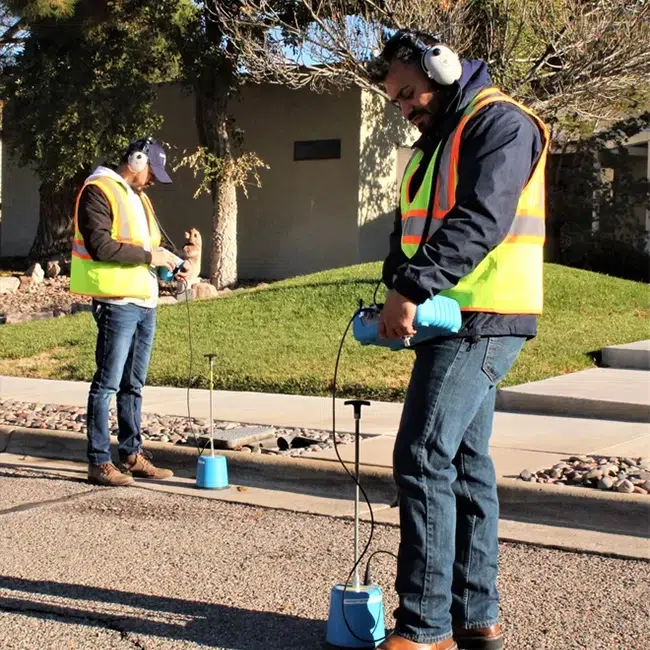Innovative Solutions for Very Early Detection of Water Leakages in Buildings and Facilities
From innovative leak discovery technologies to the release of IoT sensors for real-time monitoring, the landscape of leak prevention is developing rapidly. Automated water circulation evaluation systems are improving exactly how leaks are determined and dealt with, leading the method for a proactive strategy to water leakage discovery.
Advanced Leakage Detection Technologies
Advanced leakage discovery innovations, furnished with innovative sensors and algorithms, play a crucial function in swiftly recognizing and determining water leakages in numerous settings. Electromagnetic sensors can recognize adjustments in electro-magnetic areas triggered by water, providing yet another layer of leakage detection capability.

IoT Sensors for Real-Time Tracking
In the world of modern water leakage detection, the combination of IoT sensing units for real-time monitoring stands for a critical innovation in enhancing proactive leak detection capacities. These sensing units provide continuous tracking of water supply, supplying real-time data on water circulation prices, pressure variants, and temperature modifications. By leveraging IoT technology, these sensors can spot even the tiniest abnormalities in water usage patterns, allowing early identification of possible leaks prior to they escalate into significant concerns.
IoT sensors transmit data to a centralized platform, where innovative formulas analyze the details and create alerts or alerts when abnormalities are detected. This real-time surveillance capability allows residential property owners or facility supervisors to promptly attend to leakages, reducing water damages, lowering repair service prices, and preserving water sources.
Moreover, IoT sensing units can be incorporated with structure administration systems, enabling automatic reactions to spotted leaks, such as turning off water valves or triggering pumps to mitigate the influence of leaks. Overall, the execution of IoT sensors for real-time monitoring dramatically enhances the effectiveness and efficiency of water leakage discovery in structures and facilities.
Device Understanding Algorithms for Leak Prediction

One secret benefit of using equipment knowing for leak forecast is its ability to continually learn and boost its accuracy with time. As even more information is accumulated and fed right into the formula, it can improve its predictions and adapt to changing problems, inevitably boosting the reliability of leak discovery systems.
In addition, artificial intelligence algorithms can aid in recognizing refined signs of leaks that may go undetected by traditional tracking methods. water leak detection. By examining intricate data embed in real-time, these algorithms can provide early cautions and alerts, enabling timely intervention and preventative maintenance to mitigate prospective water damage and associated expenses
Using Thermal Imaging for Leakage Discovery
Thermal imaging technology provides an encouraging technique for detecting water leakages in various systems and facilities. By using infrared radiation and temperature variances, thermal imaging video cameras can identify covert leaks that are not conveniently noticeable to the naked eye.
Among the crucial advantages of thermal imaging for leak detection is its non-intrusive nature. Unlike standard approaches that may require burglarizing wall surfaces or floorings to situate leakages, thermal imaging enables non-destructive testing. This not only conserves time and reduces expenses however additionally lessens interruption to the building or visite site facilities being examined. In addition, thermal imaging can swiftly scan big areas, offering a comprehensive introduction of possible leak sources in a timely fashion. In general, the use of thermal imaging innovation enhances the efficiency and accuracy of water leakage discovery, making it a beneficial tool for keeping the integrity of buildings and infrastructures.
Automated Water Flow Evaluation Solutions
How can automatic water flow analysis systems transform the discovery and management of leaks in numerous systems and infrastructures? Automated water circulation analysis systems offer a proactive technique to leak detection by constantly monitoring water circulation rates and patterns. By establishing standard data, these systems can rapidly determine variances that may indicate Recommended Reading a leak, making it possible for timely intervention to protect against considerable damage.
These systems utilize innovative algorithms to examine real-time data and offer instant signals when abnormalities are identified, permitting speedy activity to be taken. Furthermore, automated water circulation analysis systems can be incorporated with building administration systems or IoT systems, boosting general performance and allowing remote surveillance abilities.
In addition, the data gathered by these systems can be made use of for anticipating upkeep functions, aiding to determine potential weak points in the infrastructure before leakages occur. On the whole, the execution of computerized water flow evaluation systems can substantially enhance leakage detection and administration techniques, inevitably leading to set you back savings, reduced water wastefulness, and boosted sustainability in buildings and framework.

Conclusion
Finally, the combination of innovative leakage detection innovations, IoT sensing units, equipment discovering formulas, thermal imaging, and automatic water flow analysis systems offers cutting-edge solutions for early detection of water leaks in structures and facilities. These modern technologies make it possible for real-time tracking, prediction i thought about this of leakages, and efficient discovery techniques to avoid water damages and waste. Implementing these remedies can assist in keeping the integrity and sustainability of water systems in different setups.